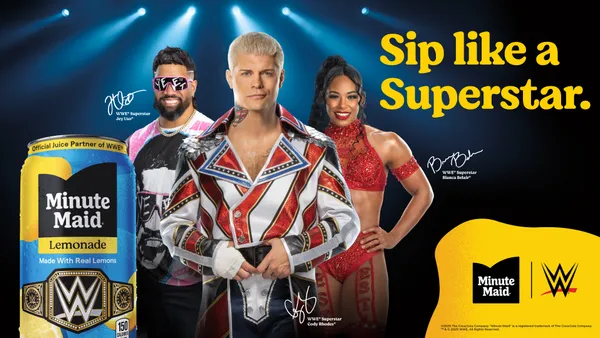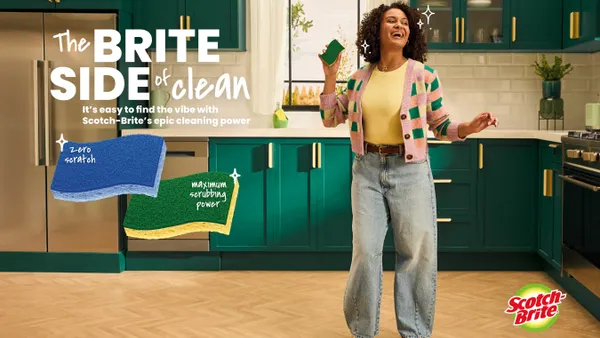The following is a guest post by Patrick Harris, vice president of global agency development at Meta. Opinions are the authors' own.
As the parent of two teenage girls, I'm constantly trying to prove that I'm still cool enough to hang out with — and just as guilty in spending more time than ever before watching video on my phone. In fact, so many of our shared experiences over the past 20-plus months of the pandemic have been through online videos that focus on learning a new skill, having a belly laugh, sneaker drops or music that I don't always understand.
I'm not alone. In fact, digital video consumption has quadrupled to four hours a day since before the pandemic. And this jump is likely to last: Three-quarters of consumers who are viewing more online video content say they plan to maintain their watch time post-pandemic.
Younger people are particularly likely to favor video content. People between 18 and 34, for example, are 1.5 times more likely to watch a video made by a brand compared to those 55 to 64, according to an Ipsos survey commissioned by Meta. Additionally, 40% of Gen Z video viewers say they don't typically watch TV using traditional broadcast or cable. Put simply, overlooking video as an important branding tool and sticking with a traditional, TV-first mindset will hold advertisers back from achieving their full growth potential.
For marketers looking to tell powerful narratives that capture people's hearts and minds, video is a powerful tool. But in order for advertisers to build demand for brands and grow their businesses, they need to do more than just broadcast a message to break through. So what are the options?
Short-form video is amazing for helping people to discover businesses. No matter where, short-form video has the power to get a message across quickly and creatively, reach a mass audience and drive sales. Look no further than creators. People love to shop with creators who share similar values and interests and are part of their community. The connection between creators, community and commerce seamlessly and creatively expressed through short-form video not only wins attention, but loyalty and brand love.
In addition, e-commerce companies like apparel brand Bombas employ mobile-first best practices, which include prominently featuring brand elements such as the company logo and color palette, and ensuring the action is understandable for anyone viewing without sound through the light use of text to tell a story.
Longer-form videos are excellent for brand-building. These can range from 15 seconds all the way to 10 minutes and are a critical channel for powerful storytelling. Compelling long-form videos offer advertisers opportunities to drive longer view durations and can help to deliver more complex marketing messages, telling nuanced stories to people who are actively watching content. A consumer who is deeply engaged in a documentary or an educational how-to video might be more open to a longer-form ad.
One example is Volvo, which incorporates tools like longer-form videos to boost engagement. Volvo increased awareness of its new electric SUV model by getting creative with an immersive experience that brought the showroom alive for people right on their phones. When used together, longer- and shorter-form video can create deeper and more immersive experiences for customers as well as drive sales.
There are more ways now to deploy creative video than ever before, and marketers need to seize this opportunity to reach audiences where they live and in a manner that captures their interest and imagination. As competition for consumer attention and engagement continues to increase, brands must also continuously evolve by creating richer, more interactive and relevant video content.














